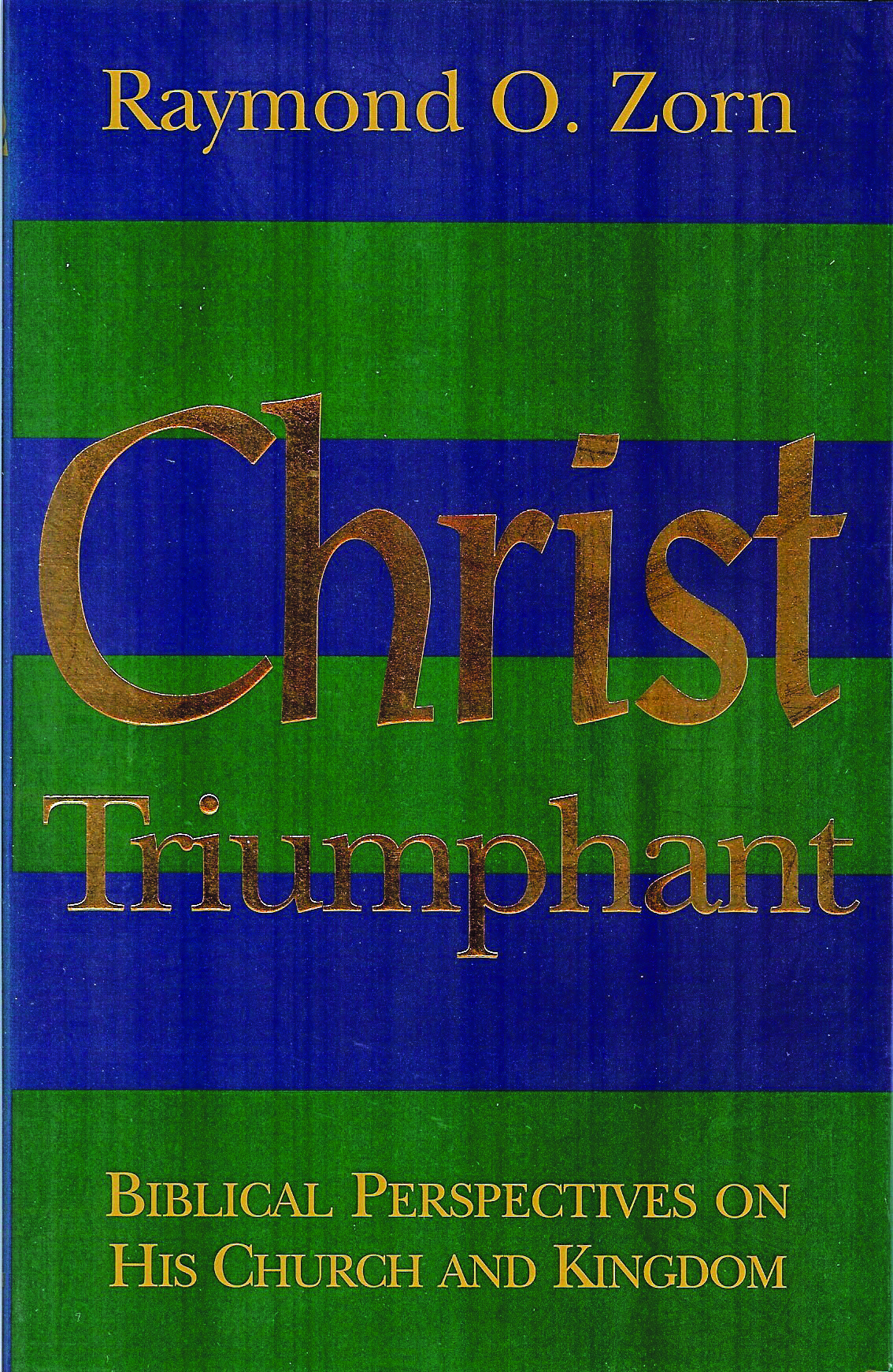Church Of Rome At The Bar Of History
| Weight | 0.32 kg |
|---|---|
| Dimensions | 21.5 × 13.6 × 2.2 cm |
| ISBN | 9780851517100 |
| page-count | 256 |
| Banner Pub Date | Nov 1, 1995 |
| topic | Roman Catholicism |
| Original Pub Date | 1995 |
| Binding | Paperback |
| format | Book |
Book Description
In all the confusion of the contemporary religious scene, one Church claims to abide changeless in her message and authority. From the first, and through the ages, she claims to stand by one faith. Thus, with Louis XVI, multitudes have seen her as the sure way to paradise: ‘I die,’ said the French king, ‘in union with our Holy mother, the Catholic, Apostolic and Roman Church which holds its powers uninterrupted from St. Peter.’ ‘I believe in what the Catholic Church holds and teaches,’ declared the Duchess of Kent on her recent conversion.
But, asks William Webster, is this true? And he answers the question not by debating texts of Scripture but by a straight appeal to the very area where the Church of Rome believes her case is strongest, the facts of history. he shows that much which Roman Catholicism now claims as part of her changeless creed was both unknown to the Church Fathers of the early centuries and directly contrary to what they did teach. This very disturbing book is no dry account of minor differences, nor is it a harsh polemic. The author writes with heart-felt interest in the welfare of the men and women who are now in a position which was once his own.
Table of Contents Expand ↓
| Page | ||
| Introduction | ix | |
| 1 | The Authority of Scripture | 1 |
| 2 | Scripture and Tradition | 15 |
| 3 | Tradition and Roman Catholicism | 22 |
| 4 | The Papacy and the ‘Rock’ of Matthew 16 | 34 |
| 5 | Papal Authority and Infallibility: The Test of History | 56 |
| 6 | Marian Dogmas | 72 |
| 7 | Salvation and the Sacramental System | 90 |
| 8 | The Eucharist | 117 |
| 9 | Faith and Justification | 133 |
| 10 | Truth: The Defining Issue | 145 |
| APPENDICES | ||
| 1) The Fathers on the Meaning of Tradition and its Relationship to Scripture | 155 | |
| 2) Vatican I and Vatican II on Papal Infallibility | 162 | |
| 3) The Bull Unam Sanctam by Boniface VIII | 165 | |
| 4) Vatican I and Vatican II on Papal Primacy | 168 | |
| 5) Writings of the Fathers on the Meaning of the Rock and Keys of Matthew | 174 | |
| 6) Letter of Gregory the Great to John of Constantinople Objecting to his Adoption of the Title Universal Bishop | 184 | |
| 7) The Official Teaching of the Roman Catholic Church on the Person of Mary | 187 | |
| 8) The Fathers on the Real Presence and the Eucharist | 191 | |
| 9) The Fathers on the Eucharistic Sacrifice as not being Propitiatory in Nature but a Memorial of Thanksgiving and Praise | 196 | |
| 10) Thomas Aquinas on the Nature of Faith | 200 | |
| 11) Martin Luther and John Calvin on the Relationship Between Justification and Good Works | 202 | |
| 12) Comments of the Fathers on the Nature of Justification | 205 | |
| 13) The Teaching of the Council of Trent on Justification | 208 | |
| Notes | 215 | |
| Index | 236 |
More items to consider:

Description
By appealing to the facts of history, the author refutes the claims of the Church of Rome. 256pp.

Christ Triumphant
Biblical Perspectives on His Church and Kingdom
Description
By appealing to the facts of history, the author refutes the claims of the Church of Rome. 256pp.




Matthew –
A fascinating and thought provoking book. Anyone interested in Church history will find this book stimulating whatever denomination they belong to. Webster is honest about his own position and in this work he makes his case with many citations from a wide variety of historical sources. The Roman Catholic case is presented in their own words from their own sources, such as the Council of Trent. The organization of this book is streamlined, the general formula is that Webster dedicates a chapter to a specific Roman Catholic position, and then compares and contrasts that position with the teachings found throughout pre-Reformation history, especially from within the early Church. Each topic, from the sacraments, the veneration of the Virgin Mary, to the authority of Scripture vs. Tradition is carefully explored and examined. It is well written and even though the subject is complicated, Webster makes an excellent job of making his arguments clear and easy to understand so that this material is accessible to people who may not be so thoroughly well versed in Church history.